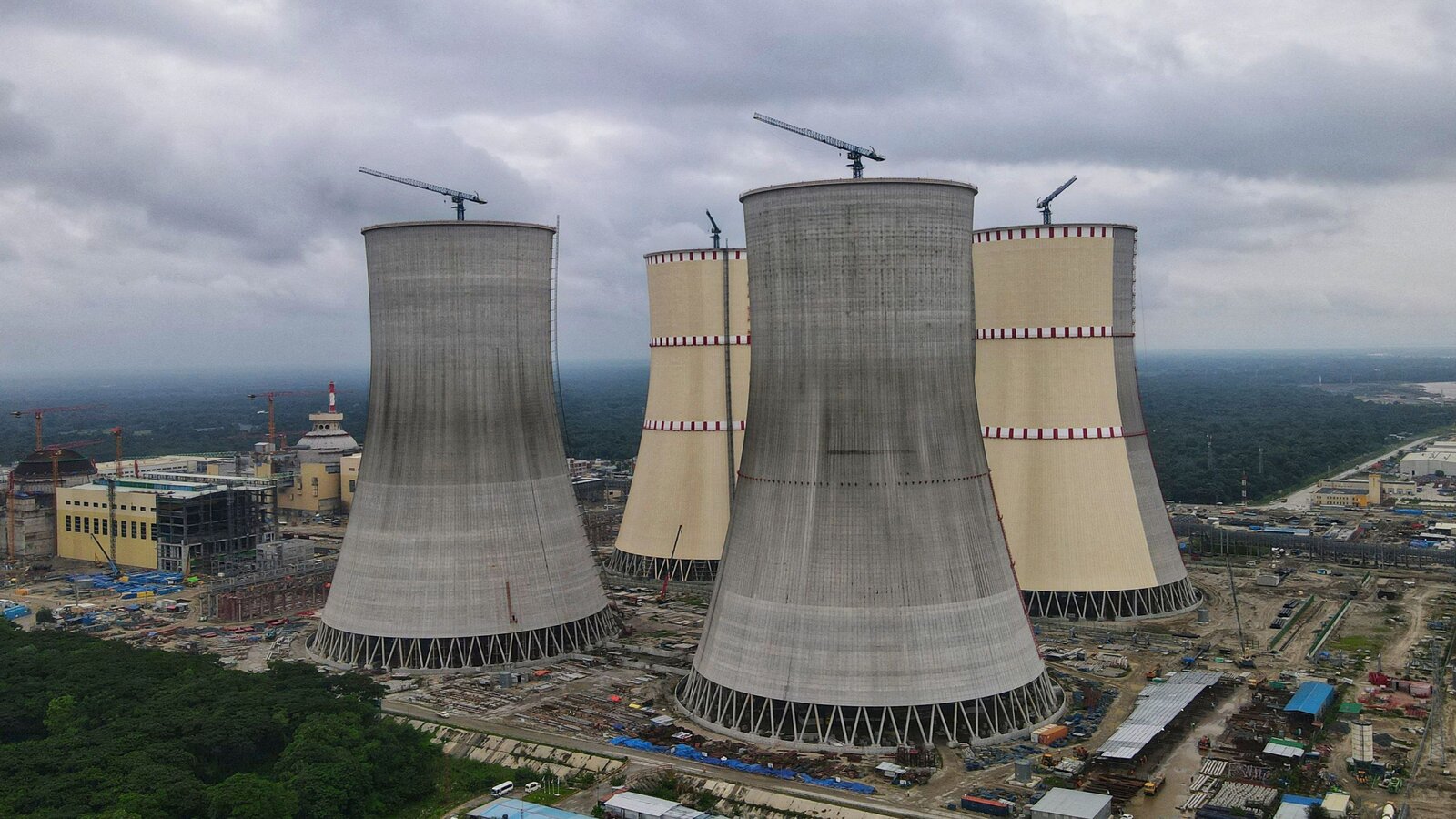New Global Investment Signal for Low-Carbon, High-Demand Power Solutions
In a groundbreaking policy shift, the World Bank has announced the end of its decades-long ban on financing nuclear energy projects. The decision is seen as a major boost for the nuclear industry and a strategic response to the global electricity demand surge, particularly in developing nations.
Strategic Collaboration with IAEA
World Bank President Ajay Banga said in an internal memo that the organization will begin re-engaging in the nuclear sector through collaboration with the International Atomic Energy Agency (IAEA). The initiative includes supporting efforts to extend the lifespan of existing nuclear reactors and to upgrade related grid and energy infrastructure.
Nuclear Power and the AI-Driven Energy Boom
The move comes amid growing recognition of the role of nuclear power in addressing the climate crisis and increasing energy demands driven by artificial intelligence technologies. Unlike intermittent solar and wind sources, nuclear power offers a stable, emissions-free electricity base load.
Addressing the 2035 Electricity Demand Surge
According to Banga, electricity demand in developing countries is expected to double by 2035. Meeting this demand would require raising annual investments from $280 billion today to $630 billion. The World Bank aims to support both public and private sectors through financial tools like guarantees and equity stakes.
Embracing Small Modular Reactor Technology (SMRs)
The World Bank also plans to promote the development of small modular reactors (SMRs) as a flexible and scalable solution suitable for a wide range of countries. These reactors are seen as the future of cost-effective and lower-risk nuclear deployment.
Industry Implications
The World Bank’s policy U-turn is expected to influence other multilateral institutions, including the Asian Development Bank, and enable more affordable financing for nuclear projects — a critical factor for overcoming the sector’s historical challenges with cost overruns and delays.






